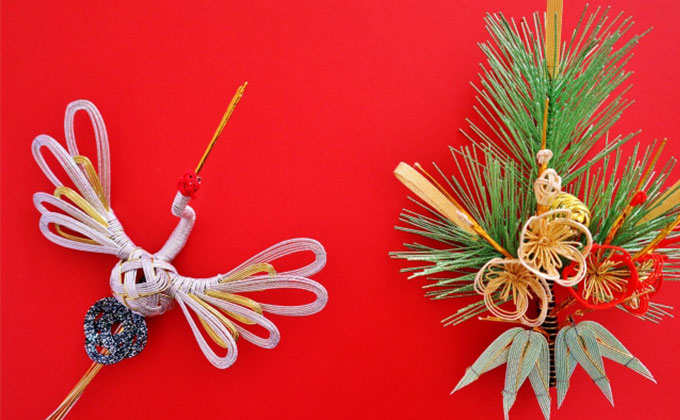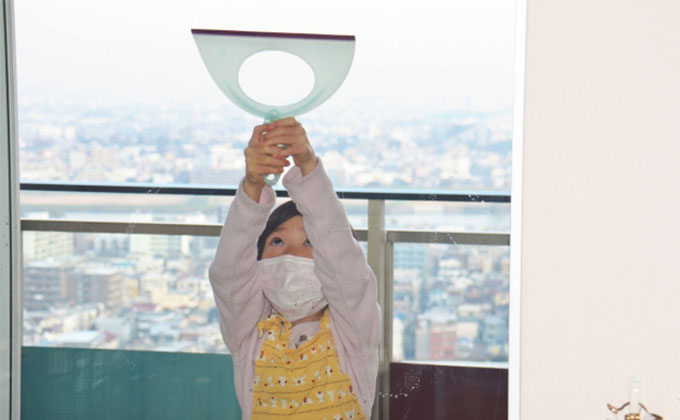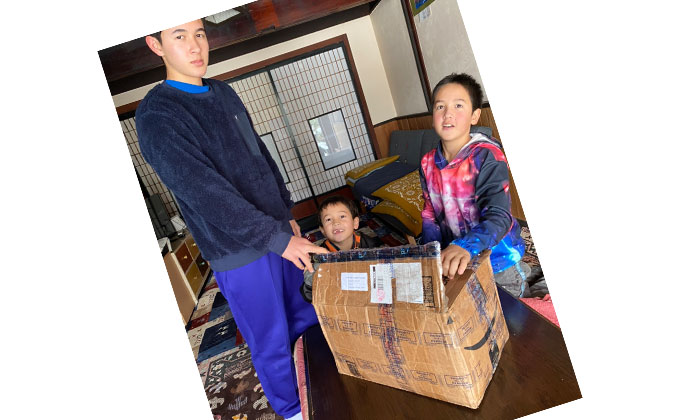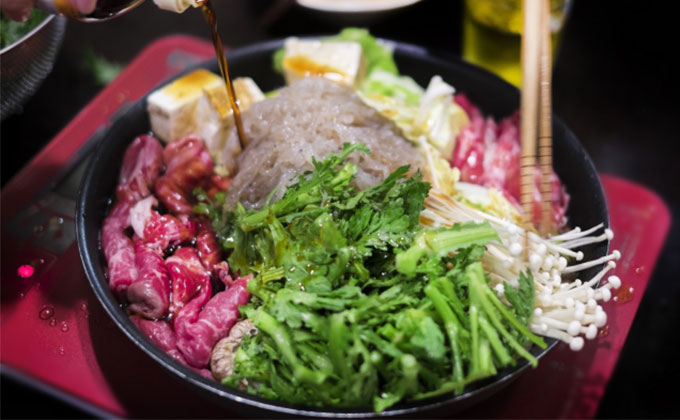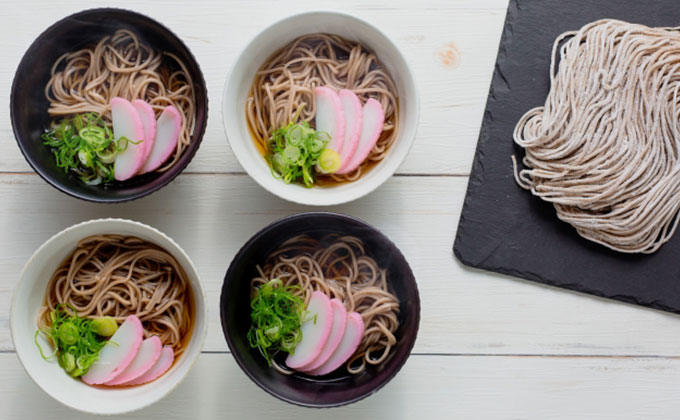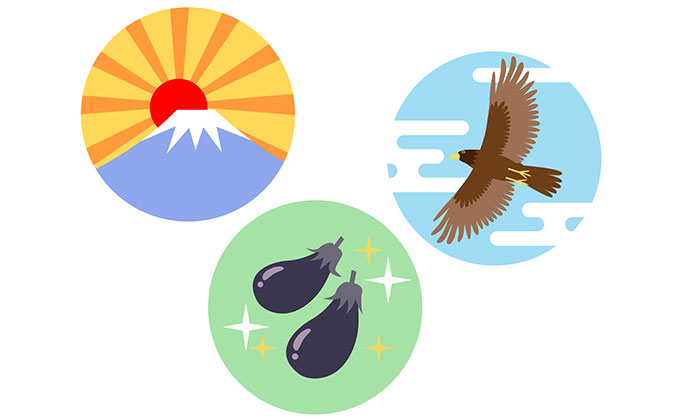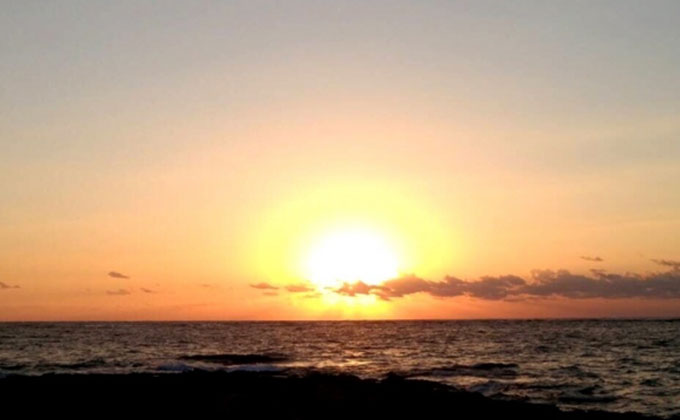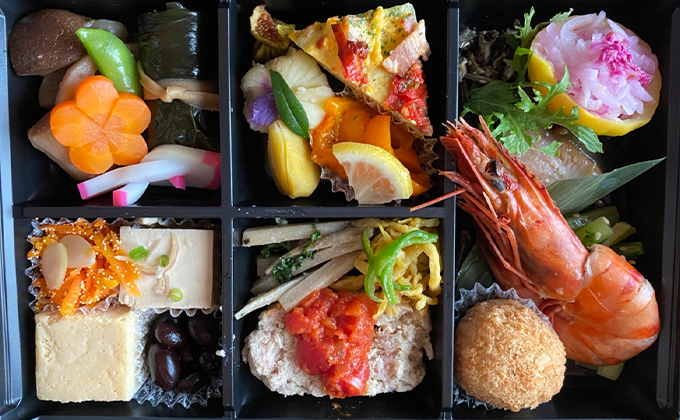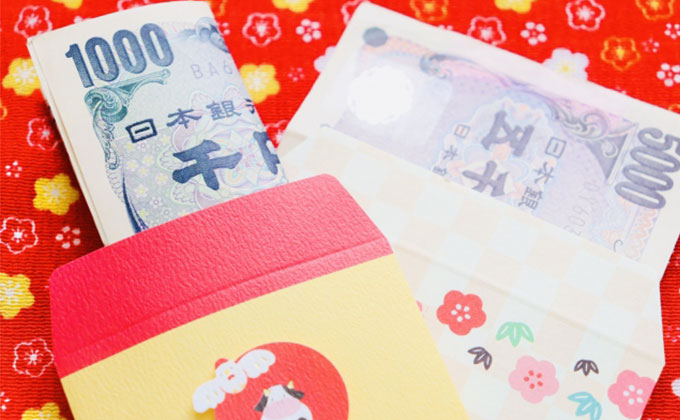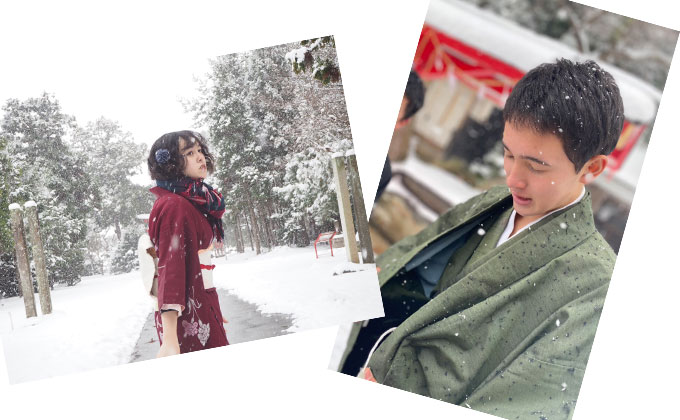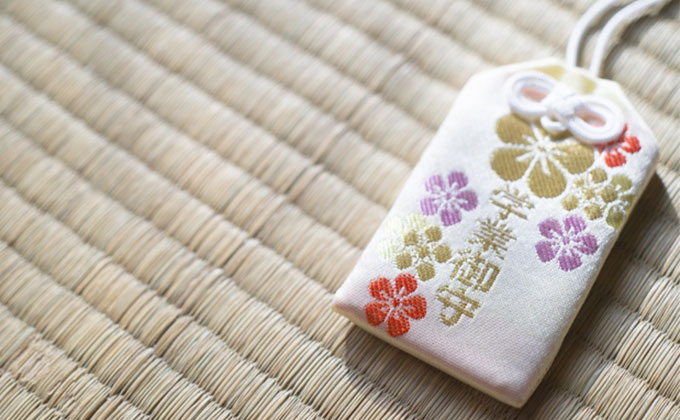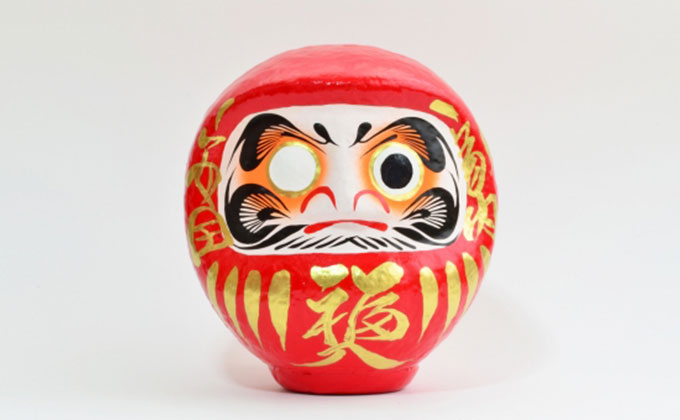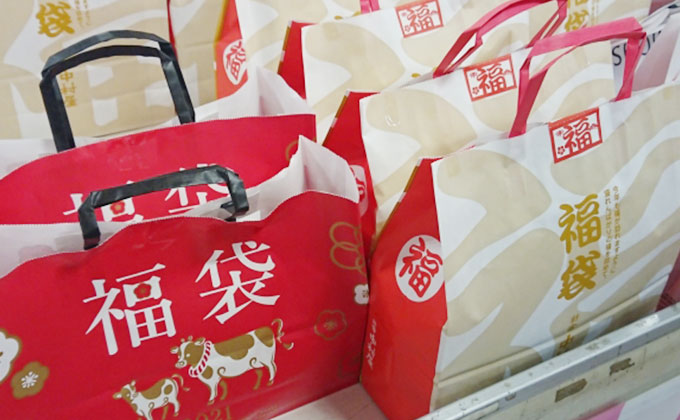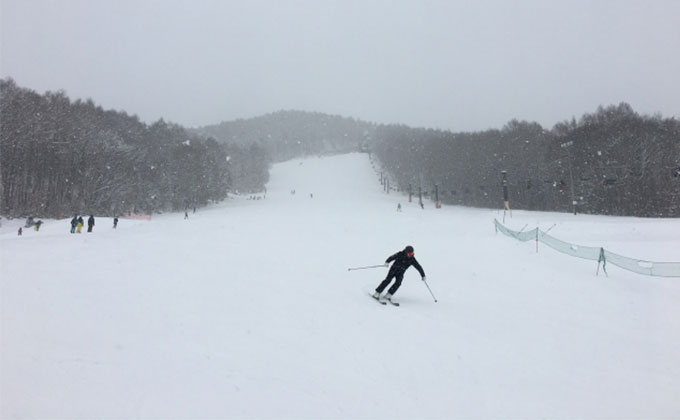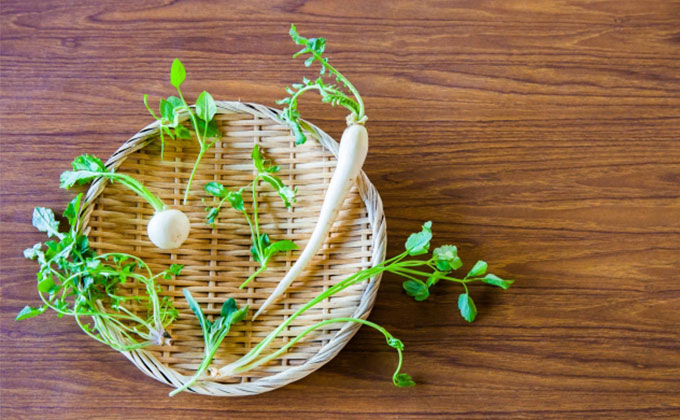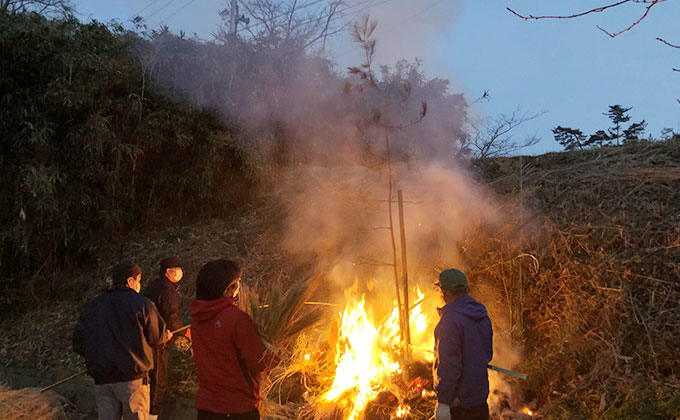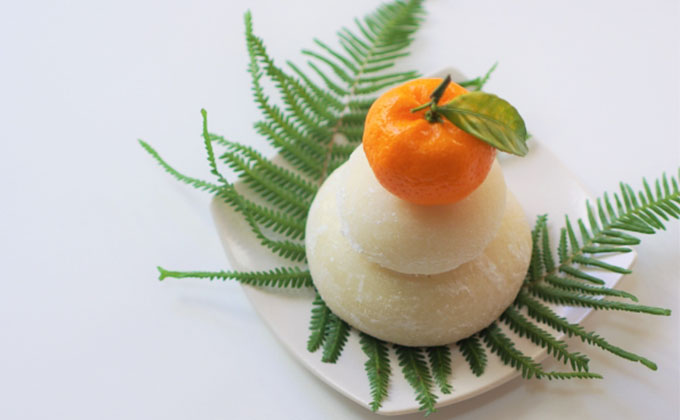TRG Info and Advice
My Very First Authentic New Year in Japan: The Year of the Ox
Because of the worldwide pandemic, many people have had to change their holiday plans: no riding on planes, trains or buses, smaller gatherings, even individual boxes of Japanese osechi (the gorgeous traditional food of New Year’s). While these adjustments are challenging and maybe disappointing, the greater threat of COVID-19 and its mutations are forcing many of us to get creative.
(Images without credit are for illustrative purposes only)
So, instead of making our usual trek across the Pacific to check in with my Iowa roots, my family of six stayed home and made the most of it. I was in charge of Christmas, and I made it as close to the celebrations of my childhood as possible: a feast and presents from each other on Christmas Eve, then stockings and a present from Santa on Christmas morning. Christmas night, we rented out a karaoke room for a couple of hours and sang every Christmas song in their repertoire at the top of our lungs. The next day, we invited fifteen families for a Day-After-Christmas Pizza Party and Ping Pong Tournament (it could have doubled as a Bounenkai, Forget the Year party, too!). I made it through with few tears and the feeling that some new emergency backup traditions had been effectively established.
New Year’s, however, was up to my Japanese spouse and he rose to the occasion. Starting on the 30th, we began oosouji (an intense cleaning, both physical and spiritual, of the home said to have originated in the Heian period!). I took the super dirty places like the top of the oven range hood and behind the toilet. My husband cleaned and decorated the kamidana (Shinto shrine in our home) with shimenawa (rope and paper streamers), and the entryway with kadomatsu (a pine and bamboo arrangement). The kids helped with windows, scrubbing the bath, even emptying out the entire fridge in order to wipe down the shelves and get rid of expired sauces! They organized their own toys and belongings, too, making room for their new Christmas gifts.
While the Christmas box from my brother’s family had been safely delivered in mid-December, the one from my parents had yet to arrive. It had been turned back at Customs once for insufficient content details, and then reshipped with a promised delivery on the 22nd but there was still no sign of it. My mother tracked it fervently only to find the disappointing information that it was again being held at Customs gunpoint. I called the Narita Airport office and got a recording. My husband called the local post office and they, too, were unable to help. Then, joy-of-joys, it arrived on the 31st at 3:00pm!
We took a break from our cleaning and gathered around the weather beaten box. The kids thrilled at its long-awaited contents: presents, candy, clothes and decorations. I put aside the wrapping paper and gift bags for next year (hoping against hope that we won’t actually need them!), and the kids gleefully claimed their new possessions and treats. I snapped a picture and sent it to my parents. 2020, you came through in the end! (Photo by author)
After the box interruption, we continued to dust, vacuum, sweep and wipe until everything gleamed. It was with fresh spirits that we set off for my mother-in-law’s to indulge in a special New Year’s Eve tradition of sukiyaki and toshikoshi soba (buckwheat noodles).
The atmosphere in the car was exuberant and I challenged myself to mentally record the moment. All four kids were teasing me about something and their father reminded them to speak Japanese with their grandmother during dinner. “Me, too!?” I said. And that set them off again, delighting in criticizing my elementary Japanese. There is really nothing I cherish more than having all of my children laughing and loving around me. It helped ease the pain of not being able to see my State-side family this year.
My husband and I were given a huge box of craft beers from a friend as a “Thank You for Everything You Do,” and I brought a few along to make the party merrier. We also had wine, sake and some spicy umeshu (plum wine). My mother-in-law had ordered special cuts of Sado beef and we set to work dipping and chewing the succulent slices. She also had soba, nimono, pickles, and other delicacies spread out on the table. After our appetites had been satiated, we watched the virtual rehearsal of the Kouhaku Uta Gassen, and laughed at the outrageous costumes, but didn’t stay up late enough for the real show. We didn’t watch the Joya no Kane: ringing of the 108 bells, either. I don’t think I even made it to midnight…
The taxi came for us at 9:00 and we said our good-byes as the snow swirled around us, promising to come back first thing in the morning for more New Year’s celebrating. Like Christmas, the presence of snow made it extra festive. We all went to bed shortly after returning home and, to my knowledge, no one had a significant hatsuyume (first dream of the New Year). Apparently, it is auspicious to dream of Mt. Fujii, a hawk, or eggplant for some reason. In fact, I slept in and awoke feeling pretty darn positive.
Way back when, my husband and I made an effort to take our first new baby to see the hatsuhinode (first sunrise of the New Year). It is customary to make a wish upon seeing the sun. My husband is usually up at the crack of dawn doing Sun Salutations anyway, so he may have greeted the first sunrise of 2021, but I doubt anyone else in our family did.
Mid-morning, we headed back to my husband’s childhood home for special osechi obentos from a trendy and healthy deli. They were delicious and a fantastic antidote to the rich sukiyaki with raw egg meal of New Year’s Eve. Osechi boxes contain specific foods, each representing a wish for the New Year: chestnuts for wealth, kelp rolls for happiness and fertility, shrimp for longevity, black beans for health, burdock root for strength, and lotus root for purity and a good future. (Photo by author)
My husband and his mother passed out envelopes of money to the kids called otoshidama. Way back when, otoshidama used to be rice cakes! Now, the adults in the family give gifts of money in cute, decorative envelopes to kids up to 20 years old, with amounts increasing as the child grows older. As we have four kids and my Japanese brothers-in-law have two and no kids, respectively, they asked that we not practice this tradition, so my kids just get money from their Japanese grandma and sometimes their dad. He does give “New Year’s Money” to my brother’s kids, so we are expanding the tradition to the States.
As we ate mochi rice cakes with adzuki bean jam and nibbled at our osechi, we watched one of the New Year’s cross-country relay races on TV. Afterwards, we visited the shrine nearest my husband’s family home and the boys had snowball fights on the way to the shrine and back. We visited two other shrines, just to cover our bases as far as securing the favor of the gods: the one we were married at, and the one in the neighborhood where we live. A study/test success omamori for our oldest son was also purchased, to help him pass the high school entrance exam.
Back at home, there were stacks of nengajo (New Year’s postcards) waiting for us in the mailbox! Nengajo evolved from letters exchanged between nobles who lived too far away to offer New Year’s greetings in-person, to postcards when the postal system was established during the Meiji Period. I was especially proud of ours this year (right). My daughter had been the photographer in-charge and she had captured excellent shots of each of us, including our dog and cats.
Unbeknownst to me, New Year’s Day is supposed to be a lazy day. We played board games and watched TV, nibbled at our osechi boxes some more and drank the special beer we were gifted. Mid-afternoon, my daughter and I took a snowy trek to the only place open on New Year’s Day: Lawson’s Convenience Store. She had to pay for some clothes she ordered with her New Year’s Money, and I was sent to buy movie snacks. We half-heartedly discussed our New Year’s Resolutions, too. Her theme was to stop being wishy-washy and just “pick one!” One boy, one sport, one future, the focus of this resolution is not exactly clear, but I didn’t press. “What about you?” she asked. Me? I think my theme should be: New Year, New Me, (try) New Things.
Perhaps this year, I’ll try to make a New Year’s resolution in the Japanese style with a Daruma doll, a squat red character with large white circles for eyes.
Supposedly, you fill in one pupil when you set the goal and fill in the other when you have achieved the goal. I’ll have to put the doll somewhere where I can see it easily, to remind myself of my resolution. I must remember to move it every now and then, though, so that I don’t get so used to seeing it that I become immune to its message.
On the second of January, my daughter invited over a bunch of friends to put on kimonos for another visit to the shrine, and an Instabae (Japanese slang for Instagram-worthy) photo shoot. She was up early, getting her hair and make-up just right. She then hauled out every kimono and obi (decorative sash) we own, and that’s a lot! (Photo by Fuu Harada)
Halfway through, the girls decided to wrangle their younger brothers, who had gathered to watch the popular Hakone cross-country race, into the adventure. Fluffy flakes floated down as they headed off in their finery and the resulting photos were worth the hassle!
After the girls had freed them, I took the boys shopping for fukubukuro (Lucky Bags of Merchandise) at their favorite stores.
Priced from $5-$100, these bags of goodies are filled with surprises. Call me old-fashioned, but I’m not a fan of buying stuff that I can’t see or try on first, so I opted out of any purchases.
The next day, I decided to put my New Year’s resolution to the test by accompanying my family to the ski slope. A free shuttle bus from the community center brought us up the mountain where I attempted to take up skiing for the first time in twenty years! I had a total blast and was so, incredibly proud of myself for trying something “new” that the high lasted well into the next day!
While the commercial holiday lasts only from January 1st to the 3rd, the official holiday continues on. For example, on January 7th, we are supposed to eat Nanakusagayu.
This custom of eating a cleansing rice porridge filled with seven kinds of vegetables (nana=seven, kusa=greens) is a chance to give your stomach some respite from the celebratory feasts of the New Year. While you probably won’t have heard of most of the veggies, this porridge includes Japanese parsley, chickweed, turnips and daikon radish. After all of the rich, salty delicious foods found in the New Year’s celebrations, this gentle meal will settle your stomach and give it a rest. January 7th is the day to eat nankusagayu, while wishing for a perfect state of health in the New Year. We purchased a conveniently assembled set at the local grocery store and dug in.
To round up the holiday, many communities have what is called Dondoyaki, a spiritual purification.
This involves building a giant bonfire of bamboo in a fallow rice field. Before the fire is lit, neighbors tuck old paper decorations from their Shinto shrines, protective omamoris from the year before, daruma dolls and calligraphy mistakes (another New Year’s tradition is to write the perfect calligraphy!) between the branches and leaves. After a short speech by the designated committee leader (in my village, this is a volunteer position that charges every year or two), the fire is lit and everyone watches in awe as the flames leap and snap. If you have never seen a bamboo bonfire, be warned that it is noisy! The air trapped inside each section of bamboo gives a loud POP as it is released.
Once the fire has settled down, people start roasting their rice cakes and dried fish or squid. Large bottles of Japanese sake are brought out and passed around. There are tangerines and other snacks for the kids and everyone stands around chatting and catching up for an hour or so.
The rice cakes cooked at these bonfire events are a special kind called kagamimochi, which means “mirror rice cake.” Part of the New Year’s decorations, these round double-stacked cakes with a small tangerine (usually sporting a festive green leaf) perched on top are placed in various locations around the home, often near an entrance. Decorative papers and dried kelp sometimes adorn them, too.
According to the Japan Kagami Mochi Association, the roundness of the cakes represent the human heart and spirit, as well as the sun and moon. Stacking two on top of each other is said to bring double fortune and good luck! January 11th is the official day to eat this special rice cake and the act is called kagamibiraki (opening of the kagamimochi). This year, unfortunately, our neighborhood bonfire was canceled due to coronavirus concerns and heavy snow. We still ate our mochi, though!
These long-practiced traditions saved me from what could have been a very lonely and depressing holiday! Starting new ones also helped. I hope you were able to do the same!
More links to whet your appetite for learning about Japan and all things Japanese
- ・Celebrating Christmas and New Year’s in Japan
- ・Annual Events and Folklore Customs in Japan Part 1
- ・Annual Events and Folklore Customs in Japan Part 2
- ・Sukiyaki
- ・Some Japanese Housekeeping Observations (from someone who grew up in a totally different world)
- ・Winter in the Land of the Rising Sun: Eat, Ski and Soak






